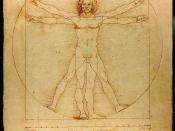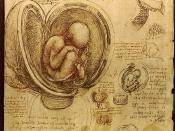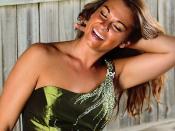�PAGE � [Type text] [Type text] [Type text]
Happily Ever After
When I was ten-years-old, my mom took me to see "Ever After " at our local movie theater. I was so happy to see what I thought at the time was a real grown-up film that my little sisters were too young for with just my mom. When I recently read "Ashputtle" by Jakob and Wilhelm Grimm, I immediately remembered watching that movie. Although it has all of the basic, universal themes of the Grimms' version of the timeless story of Cinderella, it contains many important differences that serve to make it more appealing to a modern, female audience.
"Ever After: A Cinderella Story" is a movie based on perhaps the most widely known fairytales Cinderella. The film is directed by Andy Tennant and was released in 1998. It begins with an elderly French aristocrat inviting the Grimm brothers to her palace after having read their version of the little cinder girl and finding it to be a far cry from the truth.
She tells the two gentlemen that the one and true Cinderella was young lady named Danielle de Barbarac who lived in the French countryside during the sixteenth century who happened to have been her great-grandmother. She gestures to a portrait of Danielle and produces a single elaborate shoe with a glass heel. She then proceeds to tell the story.
The movie flashes back to when Danielle was a little girl eagerly awaiting the arrival of her father, who she loves dearly, Auguste, along with his new wife Baroness Rodmilla de Ghen, and her two daughters. She is very happy because up until this point she's only lived with her father and craves a loving mother figure. She really hopes to make a...


